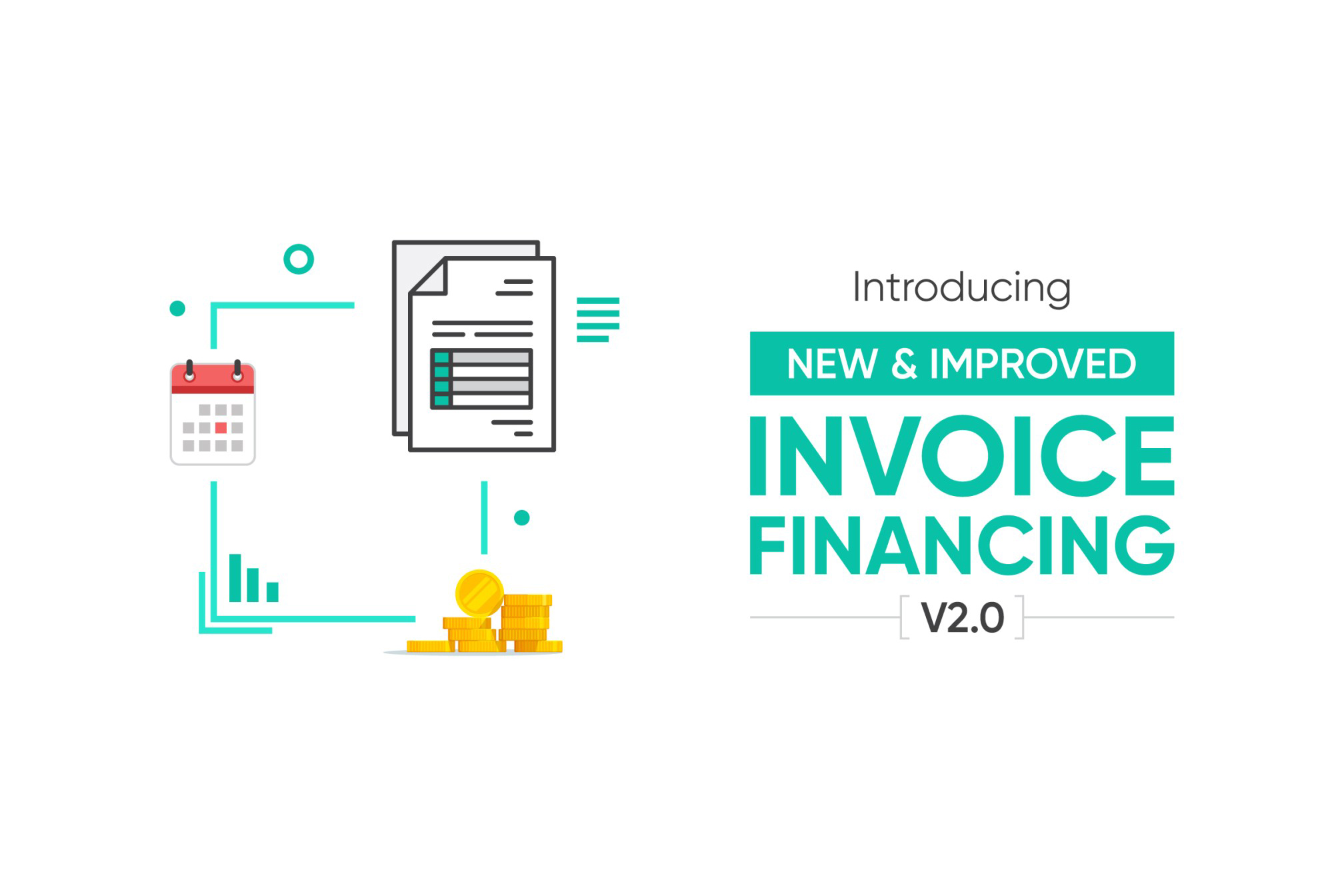When it comes to borrowing money, there are two main options available: loans and finance. Both of these options allow individuals and businesses to acquire funds to achieve their financial goals. However, these two terms are often used interchangeably, which can confuse them. In this article, we will discuss the differences between loans and finance, so you can make an informed decision on which option is best for you.
Loans and finance have been around for centuries. In the past, people borrowed money from family and friends, and businesses obtained funds from wealthy investors. However, as economies evolved, financial institutions emerged to provide loans and finance to those who needed it.
Today, loans and finance are integral parts of the financial industry, and there are many types of loans and finance available to borrowers. Some examples of loans include personal loans, student loans, business loans, and mortgage loans. On the other hand, finance includes options like leasing, factoring, and hire purchase.
Loan vs Finance
The primary difference between loans and finance is the way the funds are obtained. Loans are borrowed money that must be repaid with interest, while finance is an agreement that allows the borrower to use an asset without owning it outright. With loans, the borrower receives a lump sum of money and repays it over a set period, with interest. On the other hand, finance allows the borrower to use an asset, like a car or equipment, for a fixed period and pay for it in installments.

(Photo by IDEA Health & Fitness Association)
The following table summarizes the main differences between loans and finance:
| Loan | Finance | |
|---|---|---|
| Definition | Borrowed money that | An agreement that allows |
| must be repaid with | the borrower to use an | |
| interest | an asset without owning it | |
| Repayment | Repaid over a set | Paid for in installments |
| period with interest | ||
| Ownership | Borrower owns the | Lender retains ownership |
| purchased asset | of the asset | |
| Flexibility | Funds can be used for | Terms can be negotiated to |
| various purposes | suit the borrower’s needs | |
| Examples | Personal loans | Leasing, factoring, and |
| Business loans | hire purchase | |
| Mortgage loans | ||
| Student loans |
What is Loan?
A loan is a sum of money borrowed from a lender that must be repaid over a set period, with interest. Loans can be secured or unsecured, and they can be used for various purposes, such as buying a car, starting a business, or paying for education.
Secured loans require collateral, which is an asset the borrower puts up to guarantee repayment. If the borrower defaults on the loan, the lender can seize the collateral to recover the funds. Examples of secured loans include mortgage loans and car loans.
Unsecured loans do not require collateral, but they often have higher interest rates because the lender is taking on more risk. Examples of unsecured loans include personal loans and credit card loans.
What is Finance?
Finance is an agreement between a borrower and a lender that allows the borrower to use an asset without owning it outright. In other words, finance is a form of renting, where the borrower pays for the use of an asset over a set period.
There are several types of finance, including:
Leasing: Leasing allows the borrower to use an asset, such as a car or equipment, for a set period in exchange for regular payments. At the end of the lease term, the borrower can return the asset, renew the lease, or purchase the asset outright.
Factoring: Factoring is a type of finance where a business sells its accounts receivable to a third party (the factor) at a discount. The factor then collects the payments from the customers, allowing the business to receive cash upfront instead of waiting for the payments to come in.
Hire purchase: Hire purchase is a type of finance where the borrower pays for an asset in installments over a set period. Once all the payments are made, the borrower owns the asset outright.

(Photo by Business Loan Malaysia)
Main Differences Between Loan and Finance
1. RepaymentLoans and finance differ significantly in the way funds are repaid. Loans are repaid over a fixed period with interest. The borrower has to make regular payments to the lender until the loan is fully repaid. In contrast, finance is paid for in installments. The borrower pays for the use of the asset over a set period, usually monthly, until the end of the term.
2. Ownership
Ownership is another critical difference between loans and finance. When a borrower takes out a loan, they own the asset outright, and they can use it as they, please. However, with finance, the lender retains ownership of the asset, and the borrower pays for its use. For example, when a business purchases a car through finance, the lender retains ownership of the vehicle, and the business pays for its use over the agreed period.
3. Flexibility
Loans offer more flexibility than finance, as the borrower can use the funds for various purposes. The lender does not specify how the funds should be used. The borrower can use the loan for a variety of purposes, including purchasing assets, consolidating debt, or financing a new project. With finance, the terms are more rigid, and they are often negotiated to suit the lender's needs. The lender may specify how the asset should be used and how it should be managed during the loan term.
4. Risk
Loans are riskier for lenders than finance. This is because loans involve lending a lump sum of money to the borrower, who may default on the loan or miss repayments. If the borrower defaults, the lender may not be able to recover the loan amount, resulting in a loss for the lender. With finance, the lender retains ownership of the asset, and they can recover it if the borrower defaults on payments. Therefore, finance is less risky for the lender than loans.
5. Interest rates
Loans and finance differ in their interest rates. Loans often have lower interest rates than finance because they are less risky for the lender. Since the borrower owns the asset outright, the lender can sell the asset if the borrower defaults on the loan. This makes loans less risky for the lender, and they can offer lower interest rates. In contrast, finance often has higher interest rates due to the added risk for the lender. The lender retains ownership of the asset, and they may not be able to sell the asset at its full value if the borrower defaults on payments. Therefore, the lender charges higher interest rates to compensate for the added risk.

(Photo by CEOWORLD magazine)
Conclusion:
In summary, loans and finance are two different options for obtaining funds. Loans are borrowed money that must be repaid with interest over a set period, while finance is an agreement that allows the borrower to use an asset without owning it outright. The main differences between loans and finance are the repayment terms, ownership, flexibility, risk, and interest rates.
When deciding between loans and finance, it is essential to consider your financial goals and the purpose of the funds. If you need a lump sum of money to buy an asset outright, a loan may be the best option. However, if you need to use an asset without owning it outright, finance may be the best option.
Ultimately, it is essential to do your research and carefully consider the terms and conditions of each option before making a decision. By understanding the differences between loans and finance, you can make an informed decision that best suits your needs.





